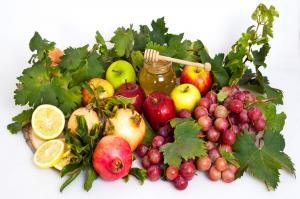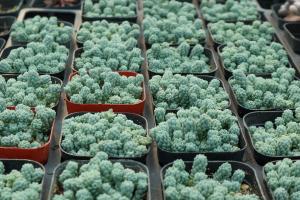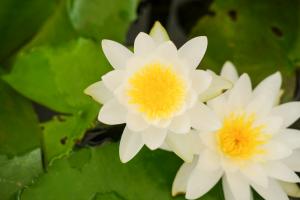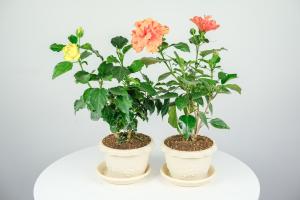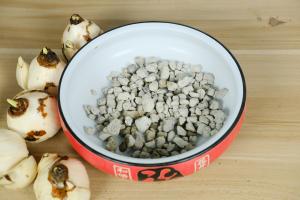Introduction
Planting a tree is a great way to enhance the beauty of your property and add to the natural environment. But with so many tree options out there, it can be difficult to decide which one is right for you. One tree that has gained popularity in recent years is the Bradford pear tree. But before you rush out to buy one, you should consider whether or not this tree is the right choice for your landscape.
What is a Bradford Pear Tree?
Bradford pear trees are ornamental trees with a distinctive rounded shape and beautiful white flowers in the spring. They grow quickly and can reach up to 30 feet tall. However, while they may be visually appealing, they have a number of drawbacks that you should be aware of.
The Drawbacks of Bradford Pear Trees
One of the biggest drawbacks of Bradford pear trees is that they are not native to North America. They were introduced from Asia in the early 1900s and have since become an invasive species. They can crowd out native plants and animals, which can have negative effects on the ecosystem.
Additionally, Bradford pear trees have weak wood that is easily damaged in wind or ice storms. This can create a hazard if the tree is located near your home. Furthermore, these trees are prone to diseases and pests that can greatly reduce their lifespan.
Alternative Tree Options
If you're looking for an ornamental tree for your landscape that is better suited to the North American environment, there are a number of options available to you. Dogwood trees, for example, are native to North America and have beautiful white or pink flowers in the spring. They also have stronger wood and are less likely to be damaged in a storm.
Redbuds are another great option. They have light purple flowers in the spring and are known for their hardiness and resistance to disease. They also provide food and shelter for a wide range of wildlife.
Conclusion
In summary, while Bradford pear trees may be visually appealing, they are not the best choice for your landscape. They are an invasive species that can harm the environment, have weak wood that can be dangerous in storms, and are prone to diseases and pests. Consider alternative tree options that are better suited to the North American environment and can provide beauty and benefit to your property for years to come.

 how many times do yo...
how many times do yo... how many planted tre...
how many planted tre... how many pine trees ...
how many pine trees ... how many pecan trees...
how many pecan trees... how many plants comp...
how many plants comp... how many plants can ...
how many plants can ... how many plants and ...
how many plants and ... how many pepper plan...
how many pepper plan...